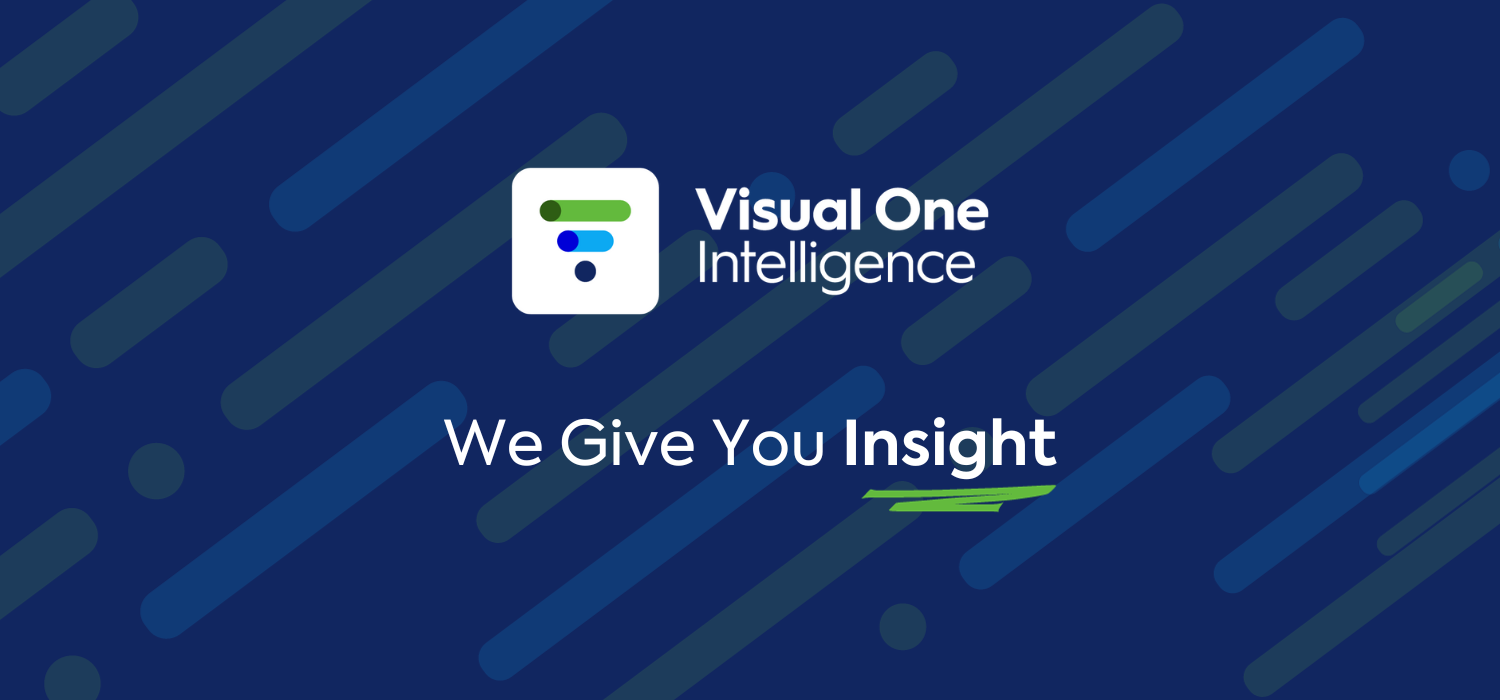Share this:
Posted in:
UncategorizedHybrid clouds can be confusing at first. You’ve likely heard the buzz around cloud platforms: public clouds, private clouds, hybrid infrastructure, and more. But what does it actually mean for your organization, and how do you make the most of it?
If you’ve ever asked questions like, “Where should my workloads run?” or “How does a hybrid setup affect my data privacy or cloud security?” – you’re not alone.
In this article, we’ll break down hybrid cloud use cases in plain language, help you understand the hybrid cloud architecture behind them, and walk you through why more businesses are embracing hybrid cloud computing today. Let’s unpack it.
What Is a Hybrid Cloud?
A hybrid cloud is a computing environment that blends public cloud services (like those offered by AWS or Google Cloud Platform), private cloud infrastructure (managed in-house or by a third-party provider), and on-premises hardware.
This cloud strategy allows organizations to move data or workloads between these different environments based on their goals, cost, speed, or compliance requirements.
To put it simply, a hybrid cloud combines the best of public cloud scalability with the security and performance of private or on-premises systems.
Key Components of a Hybrid Cloud Architecture
Hybrid cloud architecture has evolved beyond just linking data centers to the cloud. Today’s architecture includes:
- Public clouds: Services from AWS, Microsoft Azure, or Google Cloud, offering scalability and cost flexibility.
- Private clouds: Dedicated infrastructure either on-premises or hosted, offering greater control and security.
- On-premises infrastructure: Physical servers and local data centers.
- Orchestration tools: Software such as Kubernetes or Red Hat OpenShift for managing workloads across hybrid clouds.
This setup allows businesses to manage resources like compute, cloud storage, and applications seamlessly across different environments.
Why Use a Hybrid Cloud Approach?
Using a hybrid cloud environment offers a range of benefits across flexibility, cost savings, and scalability — all without sacrificing compliance or performance.
Benefits of a hybrid cloud include:
- Scalability: Tap into the public cloud when compute demands spike (known as cloud bursting).
- Compliance: Keep sensitive data in a private cloud environment to meet regulations like HIPAA or PCI DSS.
- Flexibility: Choose the right cloud service or environment for each workload.
- Business continuity: Support disaster recovery and failover strategies with redundancy.
Essentially, the hybrid cloud allows organizations to reap the benefits of cloud computing without going “all-in” on a single platform.
Common Use Cases for Hybrid Clouds
So, how are companies using hybrid clouds today? Let’s dive into some hybrid cloud use cases that are driving real business value.
1. Disaster Recovery & Business Continuity
Hybrid clouds are ideal for disaster recovery and business continuity planning. Instead of relying solely on physical backups or duplicating everything across hybrid networks, businesses can:
- Store copies of critical data in a public cloud service.
- Enable real-time data replication across hybrid cloud environments.
- Automatically failover workloads to another data center or cloud platform.
With this hybrid cloud strategy, critical services stay online even during outages or cyberattacks.
2. Cloud Bursting for Variable Compute Demands
One of the most talked-about hybrid cloud use cases is cloud bursting. This is when an application runs in a private cloud or on-premises, but “bursts” into a public cloud when additional compute power is needed.
It’s a cost-efficient way to handle:
- Seasonal spikes in user demand.
- Intensive analytics workloads.
- Compute-heavy tasks like video rendering or big data.
It ensures performance during peak loads without overinvesting in private infrastructure.
3. Regulatory Compliance and Sensitive Data
Industries like healthcare and finance need strict control over their data. A hybrid cloud allows organizations to:
- Keep sensitive information (like medical records or payment info) in a private cloud.
- Use public clouds for customer-facing apps.
- Comply with laws like GDPR or HIPAA while benefiting from public cloud services.
This hybrid approach satisfies both performance and compliance requirements.
4. Gradual Cloud Migration
You don’t need to move everything to the cloud all at once. Hybrid cloud computing supports a phased migration to the cloud by allowing:
- Legacy systems to run on-premises while newer systems use the cloud.
- Incremental testing and adoption of new cloud services.
- Low-disruptive transitions ideal for larger or risk-averse organizations.
This minimizes risk while modernizing your IT stack.
5. DevOps and Cloud Native Application Development
Developers need fast, flexible environments. Hybrid cloud platforms support cloud native development by:
- Letting DevOps teams instantly provision environments in the cloud.
- Connecting to on-premises systems like legacy databases.
- Supporting containerization via Kubernetes or virtual machines.
This accelerates software development without losing access to critical resources.
Hybrid Cloud vs Other Cloud Deployments
You might be wondering how the hybrid cloud model compares to private, public, or multicloud setups.
| Cloud Model | Description | Best For |
|---|---|---|
| Private Cloud | Infrastructure dedicated to one organization | High-security environments |
| Public Cloud | Shared cloud services billed per usage | Scalability, cost-efficiency |
| Hybrid Cloud | Combines public and private environments | Flexibility, security, compliance |
| Multi-Cloud | Uses two or more public cloud service providers | Avoiding vendor lock-in, special features |
The hybrid cloud combines the strengths of both private and public cloud environments while enabling better orchestration and cloud management.
Best Practices for Hybrid Cloud Management
Managing hybrid clouds isn’t always straightforward. Here are some hybrid cloud management best practices to consider:
- Use centralized cloud management tools to monitor usage, cost, and performance.
- Establish governance and privacy policies that span across hybrid cloud environments.
- Invest in strong identity and access management (IAM) for cross-cloud security.
- Work with a reliable cloud service provider with hybrid cloud capabilities.
- Automate backup and disaster recovery workflows using lifecycle management policies.
Following these hybrid cloud strategies ensures consistent control across hybrid cloud deployments.
Building a Hybrid Cloud: Where to Start
Building a hybrid cloud doesn’t happen overnight. It typically follows these steps:
- Assess your current computing environment: What apps and data can move to the cloud?
- Choose the right cloud providers: Evaluate offerings from AWS, Microsoft Azure, or Google Cloud.
- Plan your cloud architecture: Align it with your workflows, security needs, and regulatory compliance goals.
- Implement hybrid cloud infrastructure: This includes APIs, middleware, and orchestration services.
- Test and iterate: Use hybrid cloud platforms like the Visual Cloud Intelligence platform to gain visibility into your hybrid environments.
Make sure to define a flexible cloud strategy that adapts as your business and technology needs evolve.
Security Considerations in a Hybrid Cloud Environment
Security is a top concern when using hybrid clouds. You need to consider:
- Cloud security policy enforcement across public and private clouds.
- Securing data in the cloud with encryption and access controls.
- Protecting APIs that link different cloud and on-premises systems.
- Monitoring vulnerabilities in legacy systems and real-time computing operations.
- Business continuity and disaster recovery auditing to ensure readiness.
A unified hybrid cloud platform helps streamline compliance and combat risks proactively.
Real-World Hybrid Cloud Use Cases
Hybrid cloud isn’t just theory. Many real businesses are already seeing major gains. From improving customer relationship management (CRM) to streamlining enterprise resource planning (ERP), the applications to a hybrid cloud are vast.
Check out these top hybrid cloud use cases to see how companies are using a hybrid cloud deployment to:
- Enhance e-commerce experiences.
- Run real-time analytics across hybrid cloud environments.
- Protect against data loss from cyberattacks.
- Reinforce business continuity and medical privacy.
Whether it’s handling computer data storage or supporting digital transformation, hybrid clouds are proving their value.
Hybrid Cloud Platforms in Action
Today’s hybrid cloud solutions go well beyond basic computing and storage. They integrate with:
- Microservices-based systems.
- Infrastructure as a service (IaaS) offerings like Amazon S3 or Amazon RDS.
- Edge computing platforms for low-latency applications.
- Open source technologies like Kubernetes and OpenShift.
- DevOps workflows using virtual machines in hybrid environments.
They also support software as a service (SaaS) models and platform as a service (PaaS) offerings for agile application software deployment.
Whether you’re working with legacy systems or optimizing your payment card industry data security, hybrid cloud provides the agility to support both.
Conclusion: Start Your Hybrid Cloud Journey
Hybrid cloud computing isn’t just a trend. It’s a powerful cloud strategy that gives your IT team flexibility, control, and resilience. From compute-heavy workloads to regulatory needs, hybrid cloud allows businesses to scale smartly and securely.
Now that you know the common hybrid cloud use cases and how hybrid cloud architecture works, it’s time to put that knowledge into action.
- Audit your current cloud and on-premises software usage.
- Consider which workloads could benefit from a hybrid cloud setup.
- Explore platforms like the Visual Cloud Intelligence platform to get better visibility across hybrid cloud environments.
The cloud offers more than just convenience — it’s a strategic opportunity. Stay ahead by exploring what hybrid cloud allows and discover how it fits into your broader IT goals.
Whether you’re interested in cloud native application development or building a hybrid cloud from the ground up, the journey starts now. Reach out to us if you’d like help setting up your own hybrid cloud infrastructure.



